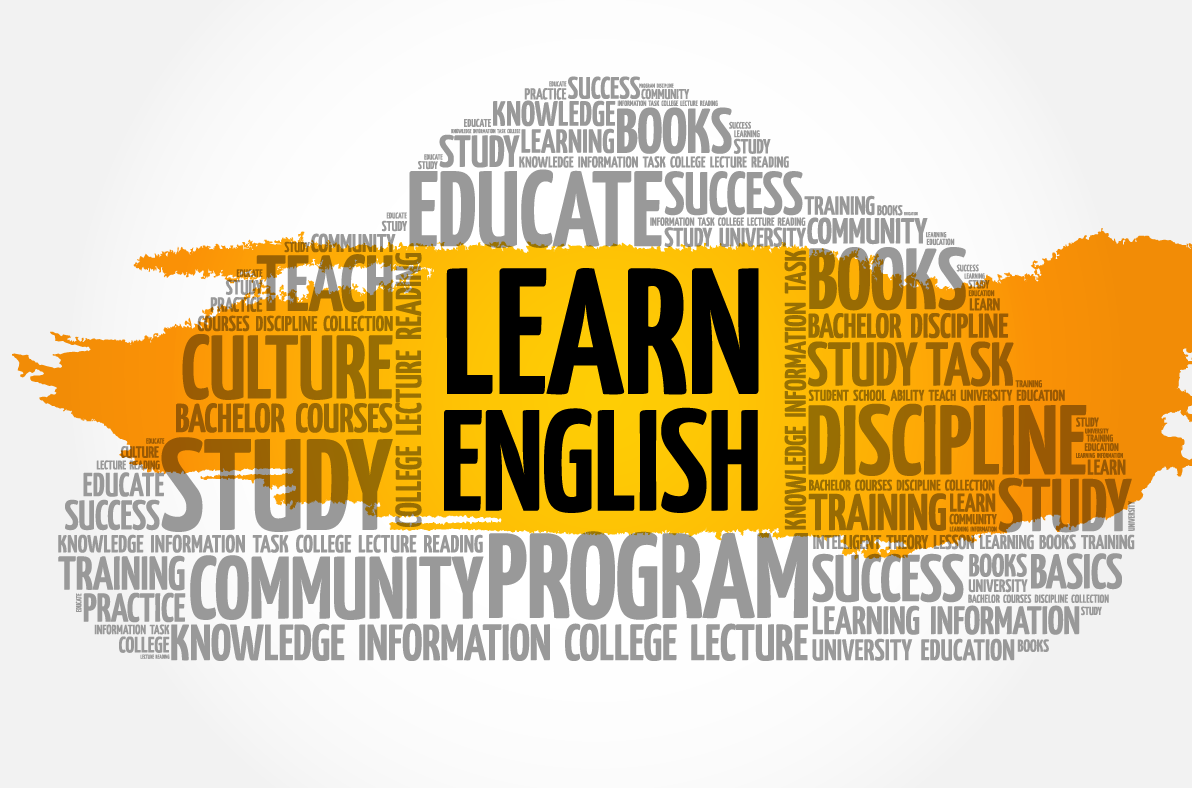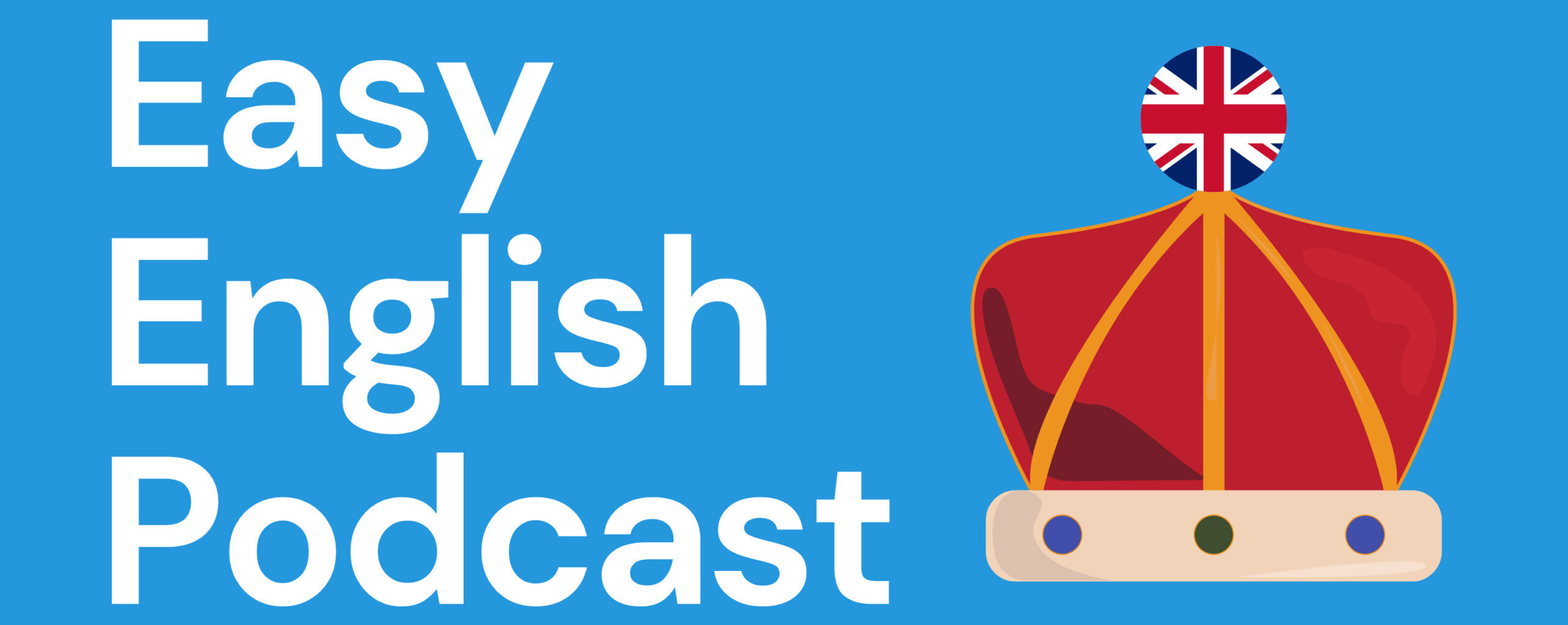
Understanding and Using English Articles (a, an, the) Correctly: A Guide for Intermediate Learners
The words “a,” “an,” and “the” – known as articles – might seem small and simple, but they play a crucial role in English grammar. Mastering their use can significantly improve the clarity and naturalness of your English. However, articles are often a source of confusion for English language learners, even at the intermediate level. This guide will break down the rules and help you use them with confidence.
Why are Articles Important (and Tricky)?
Articles help to specify whether a noun is general or specific. Unlike some languages that don’t have articles, English requires them in many situations. Using the wrong article, or omitting one when needed, can sometimes change the meaning of your sentence or make it sound unnatural.
The Indefinite Articles: ‘a’ and ‘an’
We use ‘a’ and ‘an’ when we are talking about a singular, countable noun that is non-specific or when we mention it for the first time. The choice between ‘a’ and ‘an’ depends on the sound of the first letter of the noun that follows:
- ‘a’ + consonant sound: We use ‘a’ before words that begin with a consonant sound.
- Example: a book, a car, a university (even though ‘university’ starts with a vowel, it has a consonant sound /j/), a European country (consonant sound /j/)
- ‘an’ + vowel sound: We use ‘an’ before words that begin with a vowel sound.
- Example: an apple, an egg, an hour (the ‘h’ is silent, so it starts with a vowel sound /aʊ/), an honest person (silent ‘h’)
Key Uses of ‘a’ and ‘an’:
- Introducing a noun for the first time: “I saw a dog in the park.”
- Referring to a general member of a category: “A teacher needs to be patient.” (any teacher)
- With singular countable nouns when the specific identity is not important: “He needs a new phone.”
- In expressions of quantity (with singular nouns): “a couple,” “a few,” “a little”
The Definite Article: ‘the’
We use ‘the’ when we are talking about a specific noun that the listener or reader already knows or can identify.
Key Uses of ‘the’:
- Referring to something already mentioned: “I saw a dog in the park. The dog was barking loudly.”
- Referring to something unique: “The sun is shining.” “The moon is bright.” “The internet has changed our lives.”
- Referring to something made specific by context: “Can you pass me the salt?” (assuming there’s only one salt shaker nearby)
- With superlative adjectives and ordinal numbers: “She is the best student in the class.” “This is the first time I’ve been here.”
- With certain geographical features: “The Thames River,” “the Rocky Mountains,” “the United Kingdom” (but not usually with individual lakes or mountains).
- With specific groups or institutions: “The government,” “the police,” “the United Nations.”
When to Use No Article (Zero Article)
Sometimes, we don’t use ‘a,’ ‘an,’ or ‘the’ at all. This is called the zero article.
Common Situations for Zero Article:
- Plural nouns in general statements: “Dogs are loyal animals.” (all dogs in general)
- Uncountable nouns in general statements: “Water is essential for life.” “Information is power.”
- Names of people: “John is my friend.” “Mary lives in London.”
- Names of most places (cities, countries, streets, individual mountains/lakes): “I live in London.” “She visited France.” “They walked down Oxford Street.” “He climbed Mount Everest.” “Lake Michigan is beautiful.” (Note the exceptions like “the United Kingdom”)
- Days of the week, months, and holidays: “I go to the gym on Monday.” “January is usually cold.” “We celebrate Christmas.”
- Languages and academic subjects (in general): “She speaks English fluently.” “He studies mathematics.”
- Abstract nouns in general: “Happiness is important.” “Freedom is a basic right.”
- Meals (in general): “Breakfast is served at 8 am.” “We had lunch together.”
- Sports and games: “I play football.” “She enjoys tennis.”
- Possessive adjectives: We don’t use articles with possessive adjectives like “my,” “your,” “his,” “her,” “its,” “our,” “their.” “My book is interesting.” (not “the my book”)
Common Mistakes Intermediate Learners Make:
- Using ‘a’ or ‘an’ with uncountable nouns: Incorrect: “I drank a water.” Correct: “I drank water.”
- Using ‘the’ with plural nouns in general statements: Incorrect: “The dogs are loyal animals.” Correct: “Dogs are loyal animals.”
- Omitting ‘the’ with unique things: Incorrect: “Sun is shining.” Correct: “The sun is shining.”
- Using ‘a’ or ‘an’ with plural nouns: Incorrect: “I saw a dogs.” Correct: “I saw some dogs.” or “I saw dogs.”
- Incorrect use with proper nouns (names of places, people): Knowing when to use ‘the’ with place names can be tricky. Remember the general rule is no article for cities, countries, and individual geographical features.
Practice Exercises:
Fill in the blanks with ‘a,’ ‘an,’ ‘the,’ or leave blank (Ø).
- I need ____ new car.
- ____ Eiffel Tower is in Paris.
- She is ____ honest person.
- ____ cats are interesting animals.
- He enjoys playing ____ guitar.
- We went to ____ Italy last summer.
- ____ weather is beautiful today.
- Do you have ____ pen I can borrow?
- ____ English is spoken all over ____ world.
- She is ____ best singer in our class.
(Answers will be provided at the end of the article)
Conclusion:
Mastering English articles takes time and practice. Pay attention to how native speakers use them in different contexts. Don’t be afraid to make mistakes – they are part of the learning process. By understanding these basic rules and practicing regularly, you’ll become much more confident in using ‘a,’ ‘an,’ and ‘the’ correctly in your English.
Answers to Practice Exercises:
- a
- The
- an
- Ø
- the
- Ø
- The
- a
- Ø, the
- the

